Discover insights, tips, and stories from the skies — from aircraft buying guides to pilot training.
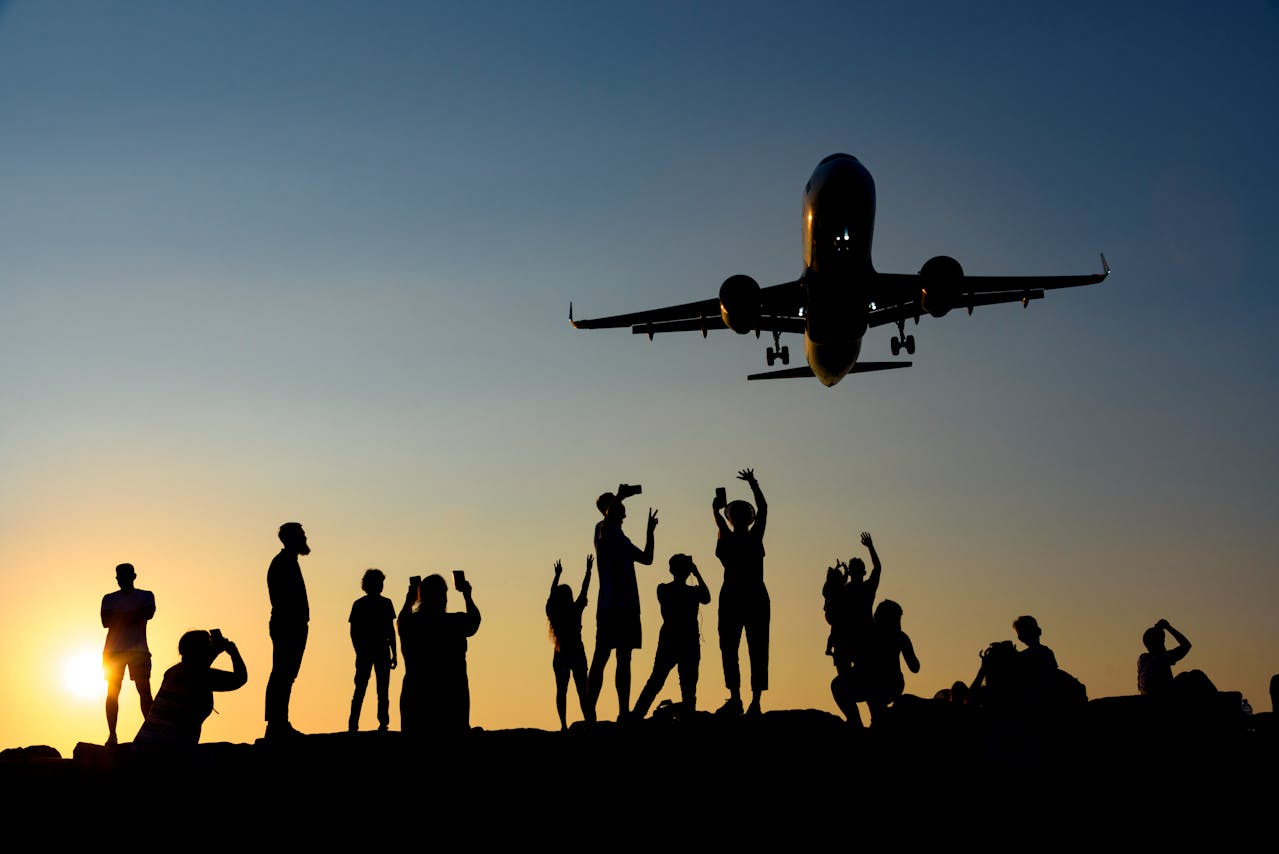
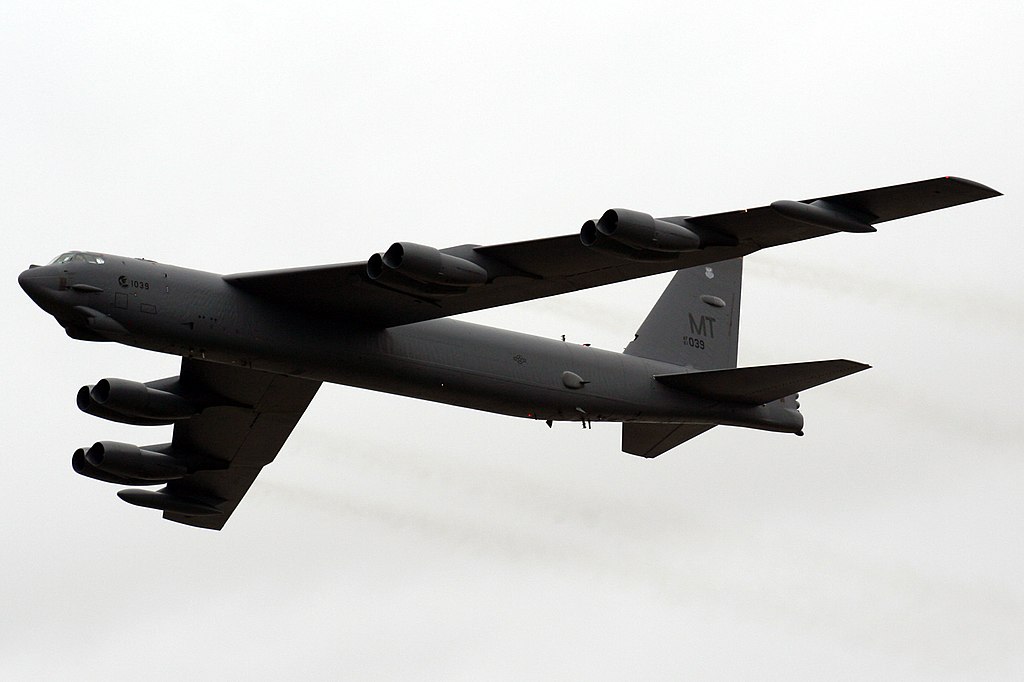
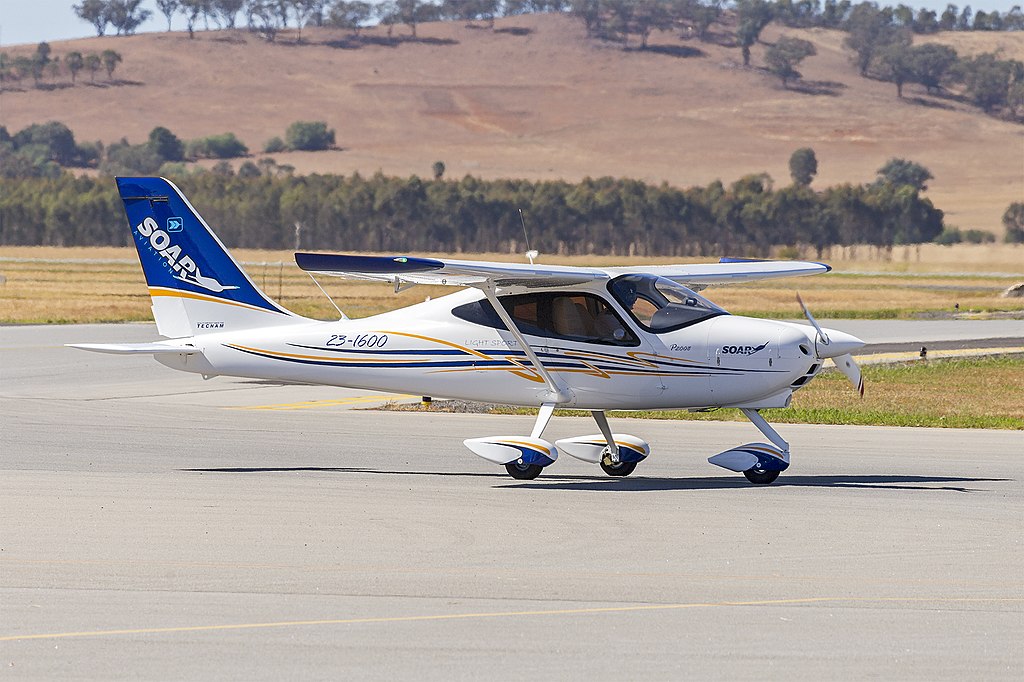
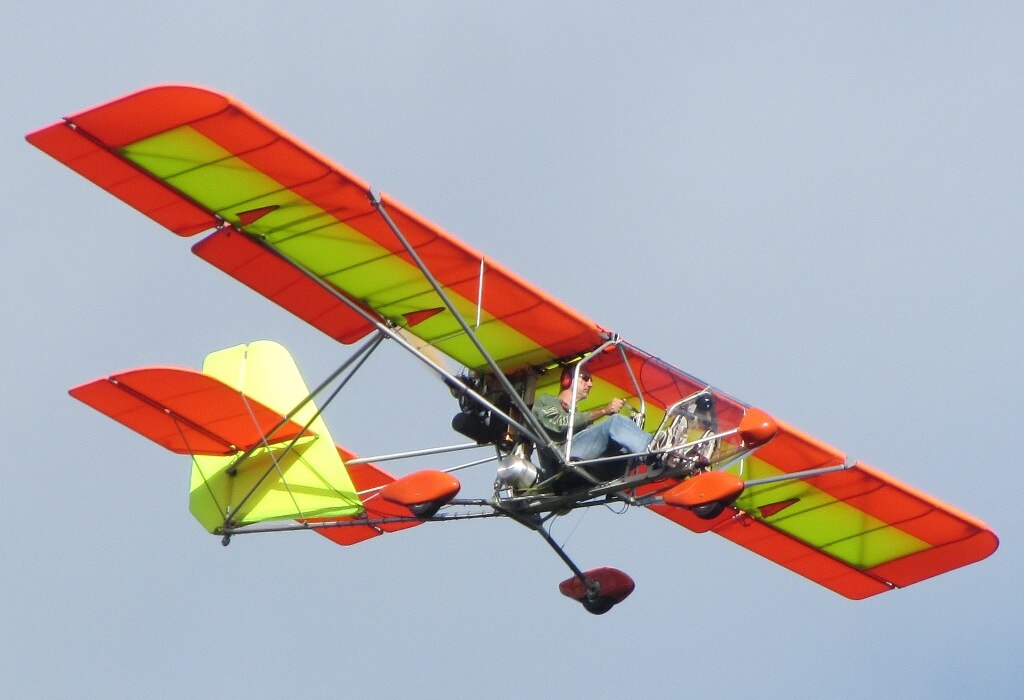
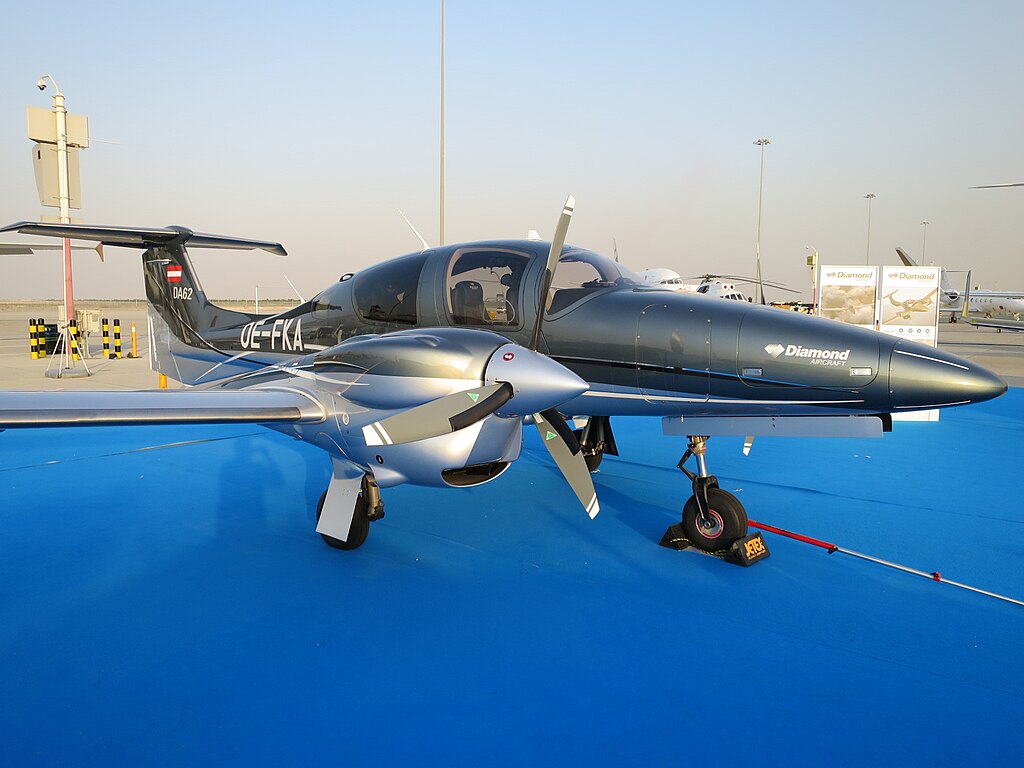
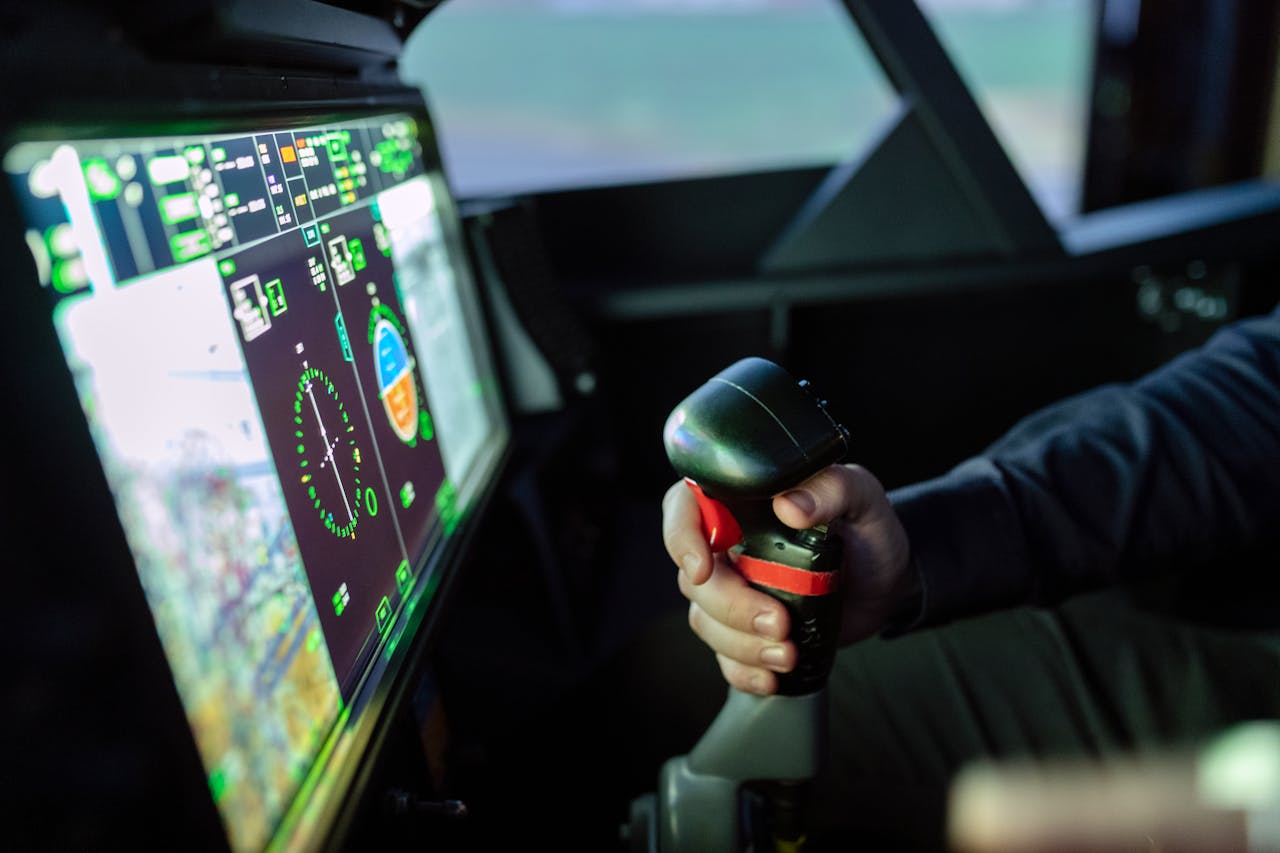
Published: August 1, 2025
Flying a big aircraft may sound complicated, but modern design makes it smoother and safer than ever. Engineers create systems that help the pilot manage controls, engines, and navigation with less stress. Some airplanes even feel easier to handle than small trainers.
If you’ve ever wondered which commercial aircraft are the simplest for pilots to manage, you’re in the right place.
Let’s look at what makes a plane easy to fly and why that matters in every flight.
When people say a plane is easy to fly, they mean it responds well, stays stable, and doesn’t demand constant effort from the pilot. Several details work together to create this feeling.
| Factor | What It Means | Why It Matters for Pilots | Example Aircraft |
| Smooth Handling | The plane reacts gently and predictably to pilot inputs. | Reduces stress during takeoff, cruising, and landing; easier to correct small mistakes. | Boeing 737, Airbus A320 |
| Modern Avionics | Advanced computer systems that guide navigation, autopilot, and flight planning. | Cuts down pilot workload, improves safety, and helps with long flights. | Boeing 787 Dreamliner, Airbus A350 |
| Ergonomic Cockpit | Clear layout of controls, screens, and instruments. | Makes it faster to find the right switch or display; lowers training time. | Airbus A380, Boeing 777 |
| Wing Design | Shape and structure of the wings improve lift and stability. | Provides steady flight and smoother ride for passengers. | Boeing 767, Airbus A350 |
| Engine Power & Balance | Engines are reliable and support the plane evenly during flight. | Keeps the plane steady even if one engine fails; improves safety during climbs. | Boeing 747, Airbus A320 family |
| Automation Systems | Computers adjust speed, altitude, and balance automatically. | Lets pilots focus on decision-making instead of manual control all the time. | Boeing 737, Airbus A380 |
| Stability in Air | Aircraft stays calm in turbulence or crosswinds. | Less manual correction needed; improves passenger comfort. | BAE 146, McDonnell Douglas MD-80 |
| Training Commonality | Systems are similar across different aircraft in the same family. | Easier for pilots to switch between planes without long retraining. | Airbus A320 family, Airbus A350 |
An airliner like the boeing 737 or the airbus a320 is designed to handle smoothly in the air. The controls don’t feel too heavy or too sensitive. When the pilot makes a small adjustment, the aircraft reacts in a steady, predictable way. That’s important during landing, when even a slight misstep can affect the approach.
Modern aviation relies on smart computers, also called avionics. These systems reduce workload by handling tasks that used to take a lot of focus. For example:
Planes like the boeing 787 or the airbus a350 have advanced systems that keep the cockpit organized and reduce stress in busy airspace.
A simple cockpit design helps the pilot focus on the most important data. Large displays group information together, so they don’t need to search across dozens of switches. On planes like the airbus a380, the layout is designed to reduce mistakes and make training faster.
It may surprise some people that a jet like the 777 can sometimes be easier to control than a small cessna. A trainer airplane has fewer systems, but it also lacks the stability and automation that larger airliners provide. For many pilots, “easy” comes down to trust in the aircraft and how much it helps during a busy flight.
Flying isn’t only about moving from one city to another. For a pilot, safety, comfort, and efficiency all depend on how the aircraft behaves. Easy-to-fly airliners matter because they protect both crew and passengers.
Imagine flying across the ocean in a jet like the 787. The more the cockpit systems can help, the less strain the pilot feels after hours in the air. A relaxed pilot makes clearer decisions and reduces mistakes.
Easy handling can make a difference during landing or in storms. A boeing 737 or airbus a320 with fly-by-wire systems can automatically adjust to crosswinds or turbulence. This stability keeps the airplane on track even when conditions get rough.
When an aircraft is easy to fly, training programs can focus on bigger lessons instead of small details. A pilot moving from one airbus model to another, for example, benefits from similar systems. The airbus a350 and airbus a380 share features that make the learning curve smoother.
The simpler it is for the crew to operate, the smoother the ride for passenger comfort. On airliners like the 777, small adjustments from automation prevent sudden drops or bumps that passengers dislike.
A boeing 787 and an older model may both complete the same flight, but the newer one uses automation to help the pilot maintain balance and efficiency. This doesn’t mean older designs are unsafe—it just shows why pilots value planes that reduce workload.
Many people assume that a large jet like the airbus a380 must be harder to control than a smaller cessna. Surprisingly, the opposite is often true. Modern technology has changed how big airliners handle in the sky.
An airbus a320 or boeing 737 may look huge, but fly-by-wire systems make them easy to guide. Computers watch over the engine settings, balance, and control surfaces. Instead of worrying about every small movement, the pilot can focus on the big picture.
These features make even very large aircraft easier to manage than some smaller ones.
Large airplanes are heavy, which actually helps them stay stable. They don’t shake around as much in turbulence compared to small planes. That stability adds to the sense of control.
A cessna trainer is simple and small, but it reacts quickly to every touch. That makes it a good learning tool but sometimes harder to control smoothly. On the other hand, a boeing 737 is larger but built for steady, predictable performance.
So, while it may sound strange, many pilots would say that flying a modern commercial aircraft is less stressful than a small trainer plane. The combination of technology, design, and stability makes today’s big jets some of the easiest to fly.
Flying a commercial airliner is serious work, but some designs make the experience far smoother for pilots.
The easiest commercial airplanes often combine stability, technology, and comfort in ways that reduce stress in the cockpit and improve safety for passengers.
| Aircraft | Why It’s Easy to Fly | Key Highlights for Pilots & Passengers |
| Airbus A320 Family | Fly-by-wire system and modern avionics reduce manual effort. | Familiar worldwide, efficient on short to medium routes, stable landing performance. |
| Boeing 737 (B737) | Clear cockpit design and reliable handling during takeoff and approach. | Iconic commercial airliner; steady and dependable for pilots; widely used across airlines. |
| Boeing 787 Dreamliner | Automation and strong stability on long-haul commercial flights. | Excellent fuel efficiency, quiet cabin, comfortable ride for passengers on global routes. |
| Airbus A350 | Advanced wing design and spacious cockpit make flying smooth and intuitive. | High cruising speed, spacious layout, easy system management compared to older jets. |
| Boeing 767 | Predictable controls and balanced size make it simple to handle. | Reliable on regional and long flights, easier to manage than larger planes like the 747. |
| Boeing 747 | Surprisingly stable for its size, with dependable autopilot support. | Iconic jumbo jet; strong stability in the air; smooth for both pilot and passenger experience. |
| McDonnell Douglas MD-80 | Straightforward cockpit and forgiving manual handling. | Popular in the past for short-haul routes; considered simpler to operate than many peers. |
| BAE 146 | Compact regional jet with gentle handling on short runways. | Four small engines give balance; easy maneuvering; reliable in busy city airports. |
| Concorde (honorable) | Advanced systems required heavy training, but stable once at speed. | Unique supersonic design; contrast to the Hardest commercial aircraft to fly; rare piece of aviation history. |
Below is a closer look at nine models known for being simple and dependable in the skies.
The a320 family has been one of the most popular aircraft choices for airlines around the world. Pilots appreciate its fly-by-wire system, which helps keep the aircraft stable even during turbulence.
Key points about the A320 family:
Many instructors also recommend the A320 for training because it balances advanced systems with straightforward handling.
The b737 is another workhorse of the skies. It has been flying passengers for decades, and updates through different models have kept it reliable.
Why pilots like the 737:
While it is not the newest aircraft, its simplicity is part of what makes it easy to learn and operate compared to the hardest commercial aircraft to fly.
The dreamliner is one of the most advanced wide-body jets today. Pilots often praise its automation and comfort on long flights.
Important features of the 787:
The Dreamliner feels modern and manageable, even with its size. Pilots note that it handles predictably, making it easier to fly than many older wide-bodies.
The A350 is Airbus’s answer to modern, efficient flying. Many pilots describe it as an aircraft that almost feels natural in its responses.
Highlights of the A350:
Because of these traits, the A350 is often compared favorably to older jets like the 767 / Boeing 767, which require more manual focus.
The 767 / Boeing 767 has been a trusted mid-size wide-body for years. While it is not as advanced as newer models, pilots still enjoy its dependable nature.
What makes the 767 easy:
Though newer jets have taken the spotlight, the 767 remains popular among crews for its ease of use and steady performance.
The famous 747 is one of the most iconic airplanes in history. While it is a very large machine, many pilots describe it as surprisingly smooth to handle once airborne.
Key details:
Although the hardest plane to land might be another type entirely, the 747 usually isn’t the one causing pilots trouble.
The md80 may look older compared to today’s fleet, but it earned a reputation as a straightforward aircraft for pilots.
Why it makes this list:
Although it requires more manual flying compared to the newer Airbus or Boeing models, many experienced pilots describe the MD-80 as forgiving and reliable.
The bae 146 is a smaller regional jet that often flew into airports with shorter runways. For pilots, its design made landings less stressful compared to some larger aircraft.
Notable features:
It was never the largest or fastest, but the BAE 146 made a name for itself as an easy jet to operate, especially for regional crews.
While not the easiest to fly, the concorde deserves a mention. This supersonic jet was one of the fastest commercial passenger aircraft ever built. Pilots had to train heavily because it demanded focus at extreme speeds.
Why it’s here:
Even though the Concorde does not fit the “easy” list perfectly, its place in history highlights how modern designs like the 787 or A350 truly simplified things for pilots.
These nine examples show that size or speed does not always decide how easy an aircraft is to manage. From the spacious cabins of the Dreamliner and A350 to the dependable design of the BAE 146, pilots find different reasons to praise these models.
When compared to the hardest commercial aircraft to fly, these stand out for their balance of technology, design, and simplicity. Whether it’s smooth automation, predictable controls, or a smart wing design, each aircraft proves that “easy to fly” can take many forms.
The easiest commercial aircraft to fly highlight how far technology and design have come in modern aviation. From advanced avionics to stable handling, these planes prove that bigger doesn’t always mean harder.
For pilots and passengers alike, the benefits are clear—safer, smoother, and more reliable travel.
If you want to keep learning about the skies and the planes that shape them, stay connected with Flying411 for more clear and helpful insights.
A commercial aircraft carries paying passengers for airlines, while a private jet is for personal or corporate travel with fewer people.
Yes. Most pilots begin with small planes like a Cessna before moving on to larger airliners.
Larger planes like the Airbus A380 or Boeing 777 have advanced systems and stability, which can make them safer in challenging weather.
Training depends on the type of plane. It can take weeks for smaller aircraft, but large airliners may require several months of simulator and flight training.
Wide-body jets like the Boeing 787 and Airbus A350 are often rated best because they offer smoother rides, quieter cabins, and better air quality.